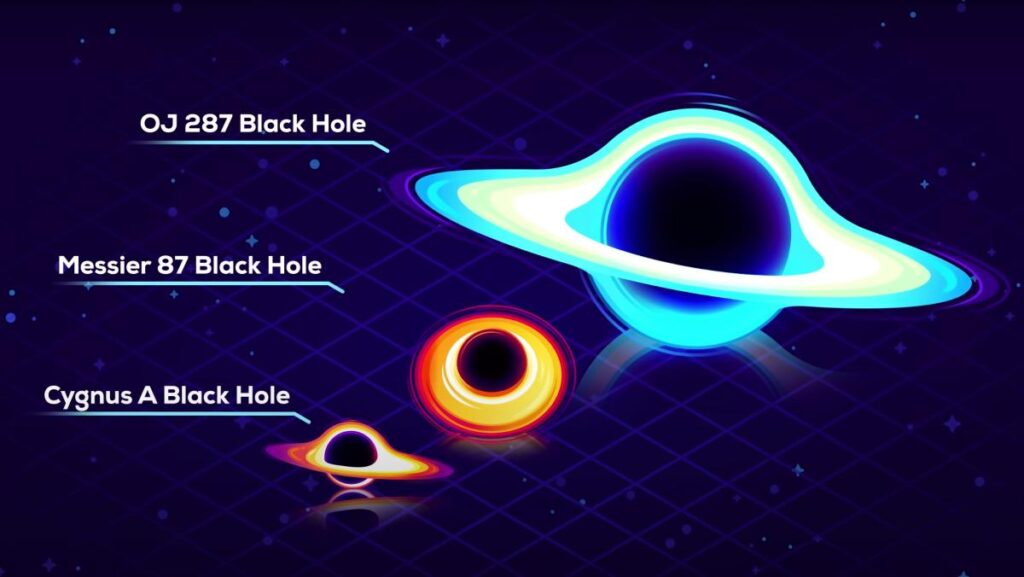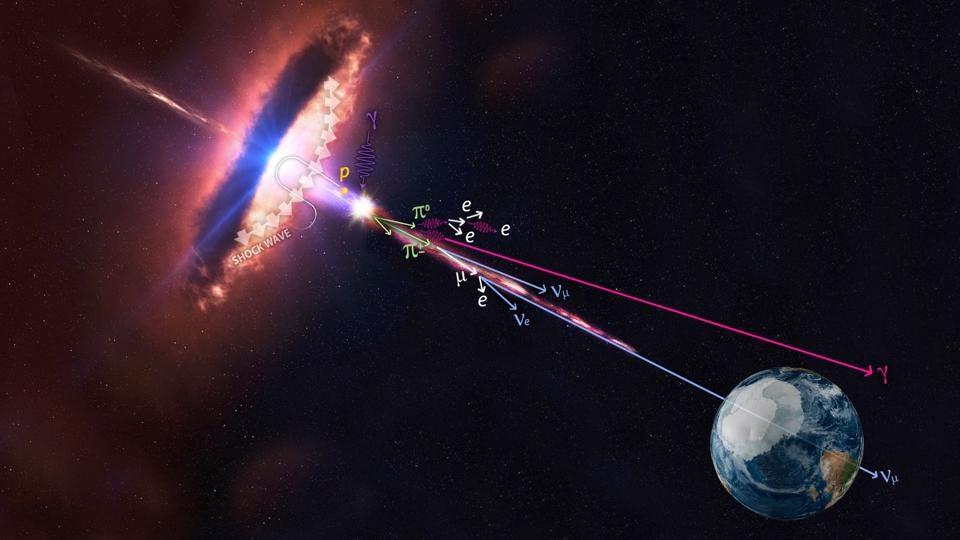In the vast, enigmatic expanse of the cosmos, where darkness and light dance in an intricate ballet, astronomers have long grappled with a cosmic conundrum: the whereabouts of matter that, according to scientific calculations, should exist but remained frustratingly elusive. Like celestial detectives piecing together a grand worldwide puzzle, researchers have now shed light on the mysterious “missing” matter, bridging a critical gap in our understanding of the universe’s fundamental composition. This breakthrough not only illuminates the intricate structures of space but also promises to rewrite textbooks and challenge previous astronomical paradigms. In a groundbreaking discovery that has electrified the scientific community, researchers have finally pinpointed the elusive cosmic material that has long puzzled astronomers. Using sophisticated telescopes and advanced computational techniques, scientists have mapped out the previously invisible regions of intergalactic space where vast quantities of matter have remained hidden from conventional observation.
The breakthrough comes after decades of meticulous research and sophisticated modeling. Astronomers have long theorized about the existence of substantial matter between galaxies, but direct evidence had remained frustratingly out of reach. By leveraging cutting-edge technologies like the XMM-Newton space telescope and specialized spectroscopic instruments, researchers have now confirmed the presence of this “missing” matter.
Detailed analysis reveals that the undetected matter consists primarily of extremely diffuse and low-density plasma, stretching across immense cosmic distances. These tenuous filaments of ionized gas connect galaxy clusters, forming what scientists describe as the cosmic web – a complex network that serves as the skeleton of the universe’s large-scale structure.
The detection method involved measuring subtle interactions between light and these incredibly thin gas streams. Researchers utilized sophisticated techniques that track minute electromagnetic signatures, allowing them to map regions previously considered optically invisible. This approach represents a important leap forward in astronomical observation techniques.
Quantum-level computational simulations played a crucial role in validating the findings. By creating intricate mathematical models that predicted matter distribution, scientists could cross-reference theoretical projections with actual observational data. The alignment between predicted and observed results provides unprecedented confidence in the research outcomes.
The implications of this discovery extend far beyond mere academic curiosity. Understanding the distribution of matter throughout the universe offers critical insights into fundamental cosmic processes, including galaxy formation, dark matter interactions, and the complex dynamics of large-scale cosmic structures.
Leading astrophysicists suggest that this breakthrough could reshape our understanding of cosmic evolution. The newly discovered matter represents approximately 50% of the previously unaccounted material in the universe, filling significant knowledge gaps that have persisted for generations of researchers.International research teams from multiple institutions collaborated on this monumental project, combining expertise from astrophysics, quantum mechanics, and advanced computational sciences. Their collective efforts have transformed our perception of cosmic architecture, demonstrating the power of interdisciplinary scientific approaches.
As technology continues to advance, researchers remain optimistic about future discoveries that will further illuminate the mysterious regions of our vast and complex universe.







